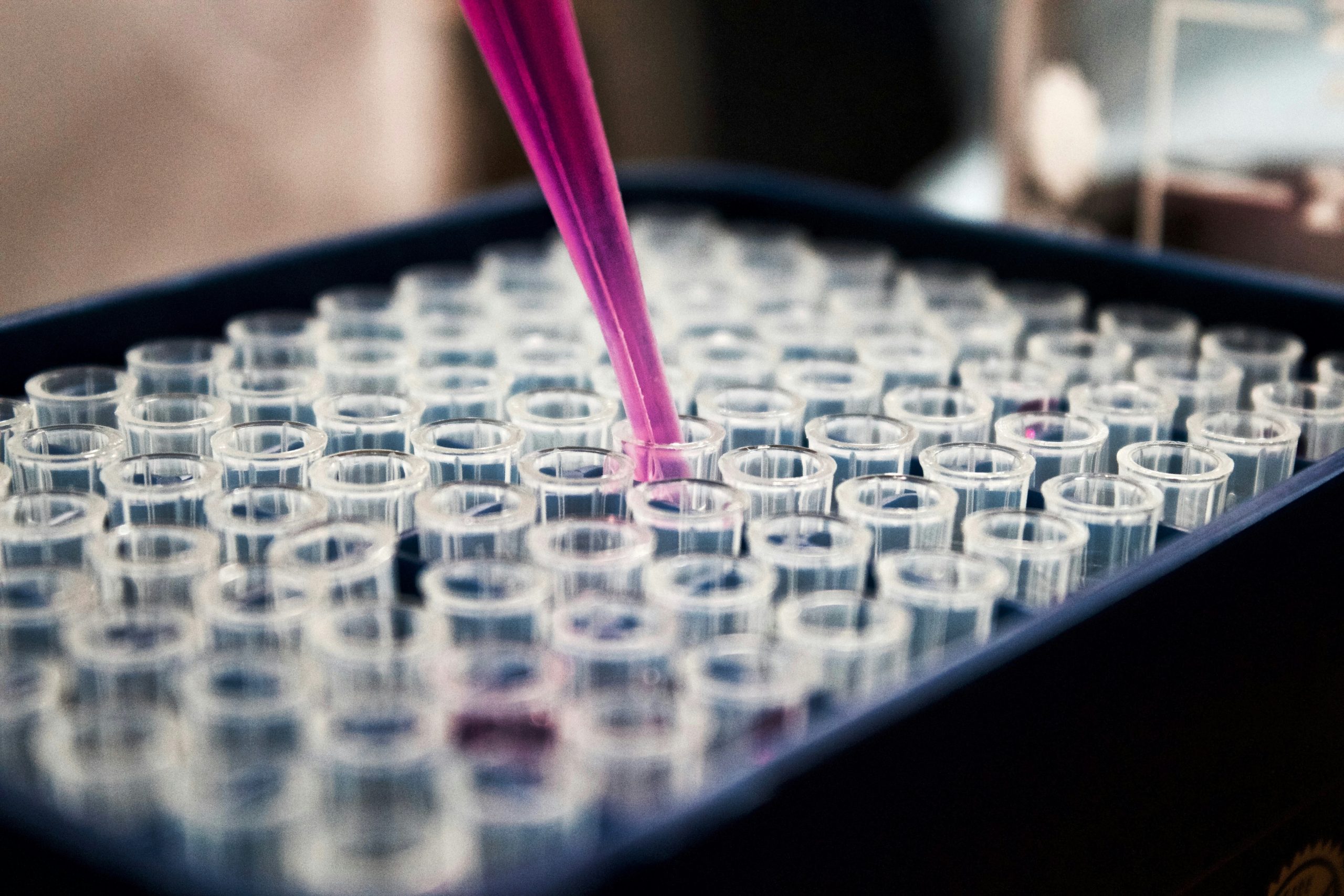Together with our partner, Benchling, we recently hosted “Empowering the Bench: Connecting the Wet Lab and Dry Lab”, an enlightening event that served as a collaborative platform for representatives from the pharmaceutical, biotech, and life sciences ecosystem to converse and address the pressing challenges of integrating wet lab and dry lab. The discussion emphasised that building a successful lab-in-the-loop is more than just technology: while technical considerations are vital, a successful integration equally demands organisational and cultural alignment, and trust. As the industry grapples with these barriers, early adopters who embrace this integration stand to gain a significant competitive edge.
During the event, several pivotal themes emerged that are shaping the future of lab integration. These themes highlight the approach needed to bridge the gap between wet lab and dry lab operations:
1. Alignment and goal-setting between wet and dry lab
Highlights from the event: Participants agreed that wet lab and dry lab questions often lead to differing goals, creating friction instead of synergy. A unified approach, where both teams work together from the outset to define shared goals, was identified as crucial. It is important that the business value is tied to data and integrated outcomes, ensuring that there is no perceived competition between wet and dry lab teams, as mutual recognition of expertise and contribution fosters a collaborative environment. As one participant noted, “the data is as valuable as the decision it feeds”, emphasising the need for a clear lineage from data collection to business impact.
ADC Experience: Our approach involves facilitating joint goal-setting sessions where all teams can articulate their objectives and define shared success metrics. By using portfolio structures, we ensure that these goals are not only aligned but also integrated into the broader business strategy. Additionally, we conduct interviews with various teams within potential client companies to listen to their needs, identify problems, and uncover the most valuable business opportunities. This collaborative framework allows us to optimise for success, rather than isolated technical specifications, ensuring that data collected is tailored to actual business problems and decision-making needs.
2. Data access, quality and management
Highlights from the event: The omission of negative results by wet lab scientists can severely limit the quality of data available to dry lab teams, hindering comprehensive analysis and decision-making. It’s therefore crucial to include negative values to enrich the data pool with a broader spectrum of results. Dedicated funding for data management infrastructure is essential, recognising that this transformation is not without cost.
ADC Experience: At ADC we ensure that our clients are equipped to navigate the complexities of data management in scientific research by utilising advanced technologies such as cloud infrastructures or modern platforms such as our partners, Benchling R&D Cloud. These technologies ensure that our clients have the capability to manage their data as a strategic asset, driving innovation and achieving impactful results. If you want to learn more about Data Governance and Lineage, read some of our cases.
3. Balance between standardisation and flexibility
Highlights from the event: The event highlighted the delicate balance between standardisation and flexibility in the collaboration between wet lab and dry lab teams. While standardisation is vital for ensuring scalability and data quality, it can also lead to frustration among wet lab scientists. Many feel constrained by rigid data models that do not accommodate the domain-specific nature of their research. This frustration can result in researchers being less invested in collaborating with dry lab scientists. Finding the correct balance is crucial to encourage active collaboration and ensure that both wet and dry lab teams can contribute effectively to the research process.
ADC Experience: Our combined life science and technical expertise allow us to develop data models that accurately reflect the complexities of scientific practice. By understanding the specific needs and challenges faced by wet lab scientists, we can create flexible data solutions that accommodate domain specific knowledge while maintaining the necessary standardisation for trust and scalability.
”While technical challenges are significant, successful integration equally demands organisational and cultural alignment.
The integration of wet lab and dry lab operations is not merely a technical endeavour but a comprehensive organisational challenge that requires strategic alignment and cultural transformation. As highlighted during our event, successful integration hinges on clear alignment of goals, robust data quality management, and a balanced approach to standardisation and flexibility. At ADC, we are committed to guiding our clients through these challenges, leveraging our life science and technical expertise to foster seamless collaboration and drive innovation.
Ready to connect the wet lab and the dry lab in your R&D team? Let’s talk.
Continue the conversation
At ADC Consulting, we help organisations evaluate, design, and implement robust data and AI strategies that scale. Whether you’re exploring integration opportunities, enhancing data quality, or optimising collaboration between wet and dry lab teams, Benchling and other LIMS systems are foundational components worth understanding.
We offer executive briefings, technical workshops, and solution architecture assessments to help your organisation unlock the full potential of your data.
Contact: Andreas Kjær – Life Science Lead to schedule a discovery session.
What stage is your organisation in on its data-driven journey?
Discover your data maturity stage. Take our Data Maturity Assessment to find out and gain valuable insights into your organisation’s data practices.








